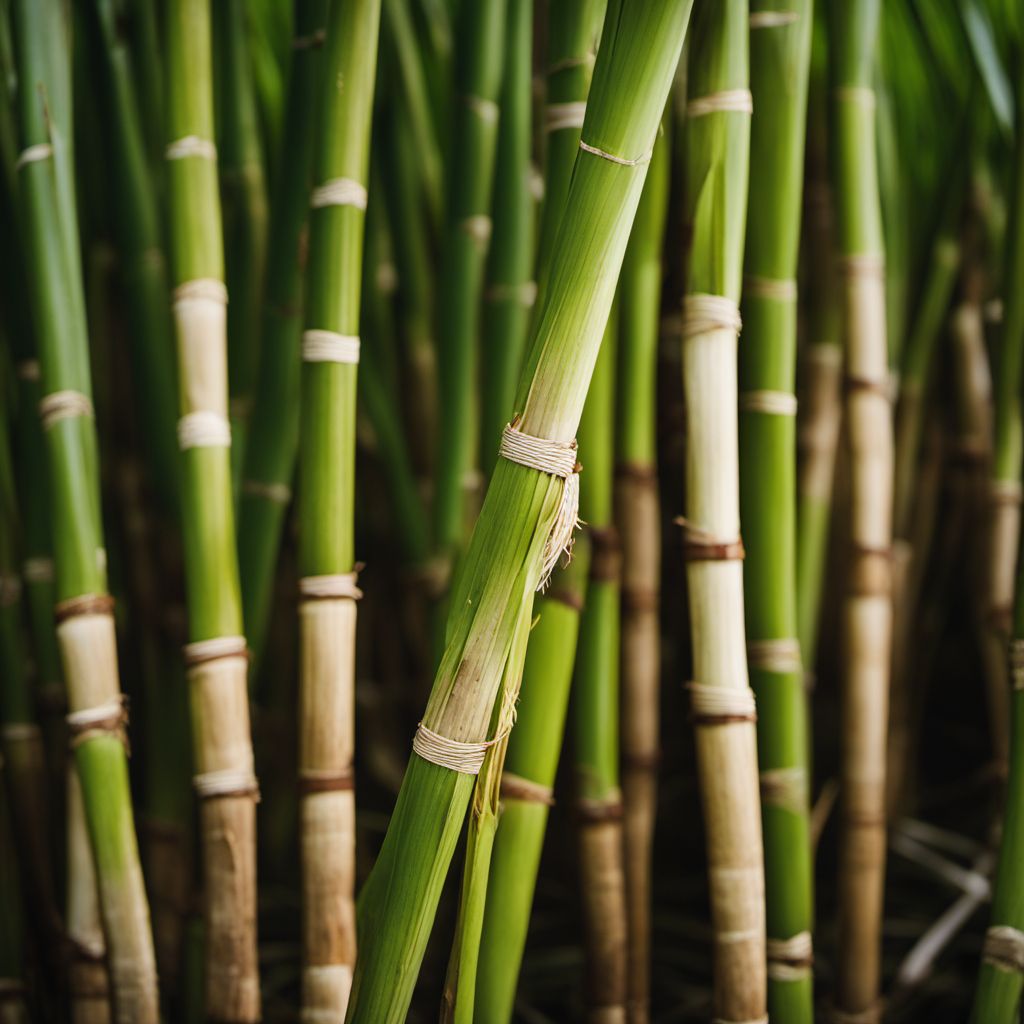
Ingredient
Sugar canes
The Sweet Essence: Unveiling the Delights of Sugar Canes
Sugar canes are characterized by their fibrous and juicy texture, with a sweet and refreshing taste. They have a pale yellow to light brown color and are typically harvested when fully matured. The canes are pressed to extract their sugary juice, which is then used to make sugar, molasses, or cane syrup.
Origins and history
Sugar canes have a long history dating back thousands of years. They are believed to have originated in Southeast Asia and were later introduced to other parts of the world through trade and exploration. Sugar canes played a significant role in the development of the sugar industry, particularly during the colonial era when they were cultivated on large plantations. Today, they are grown in tropical and subtropical regions worldwide, with Brazil, India, and China being the leading producers.
Nutritional information
Sugar canes are a rich source of carbohydrates and provide quick energy. They contain essential minerals like calcium, magnesium, and potassium. However, they are high in calories and should be consumed in moderation. The juice extracted from sugar canes is also rich in antioxidants and may have potential health benefits.
How to select
When selecting sugar canes, look for canes that are firm and free from bruises or mold. The skin should be smooth and glossy. Avoid canes that feel dry or have shriveled ends. Additionally, choose canes that are heavy for their size, as this indicates a higher juice content.
Storage recommendations
To maintain the freshness of sugar canes, store them in a cool and dry place. If you plan to use them within a few days, you can keep them at room temperature. However, for longer storage, refrigerate the canes to prevent them from drying out. It is best to consume sugar canes as soon as possible after purchase for optimal flavor and juiciness.
How to produce
Sugar canes require a tropical or subtropical climate to grow. They can be propagated from cuttings or planted directly in the ground. Adequate sunlight, water, and fertile soil are essential for their growth. It takes approximately 10-12 months for sugar canes to reach maturity and be ready for harvest.
Preparation tips
To prepare sugar canes, start by removing the outer layer of the cane using a knife or peeler. Then, cut the cane into smaller sections for easier handling. You can chew on the cane directly to enjoy its sweet juice or extract the juice by pressing the cane through a juicer or by using a mortar and pestle. The extracted juice can be used to make sugar, molasses, or cane syrup, or enjoyed as a refreshing beverage on its own.
Culinary uses
Sugar canes are widely used in the production of sugar, molasses, and cane syrup. They are also a popular ingredient in various beverages, such as sugarcane juice, cocktails, and smoothies. In culinary applications, sugar canes can be used to sweeten desserts, sauces, and marinades. Additionally, they can be used as a skewer for grilling meats or vegetables, imparting a subtle sweetness to the dish.
Availability
Sugar canes are commonly available and cultivated in tropical and subtropical regions around the world. They are particularly abundant in countries like Brazil, India, China, Thailand, and Australia.

